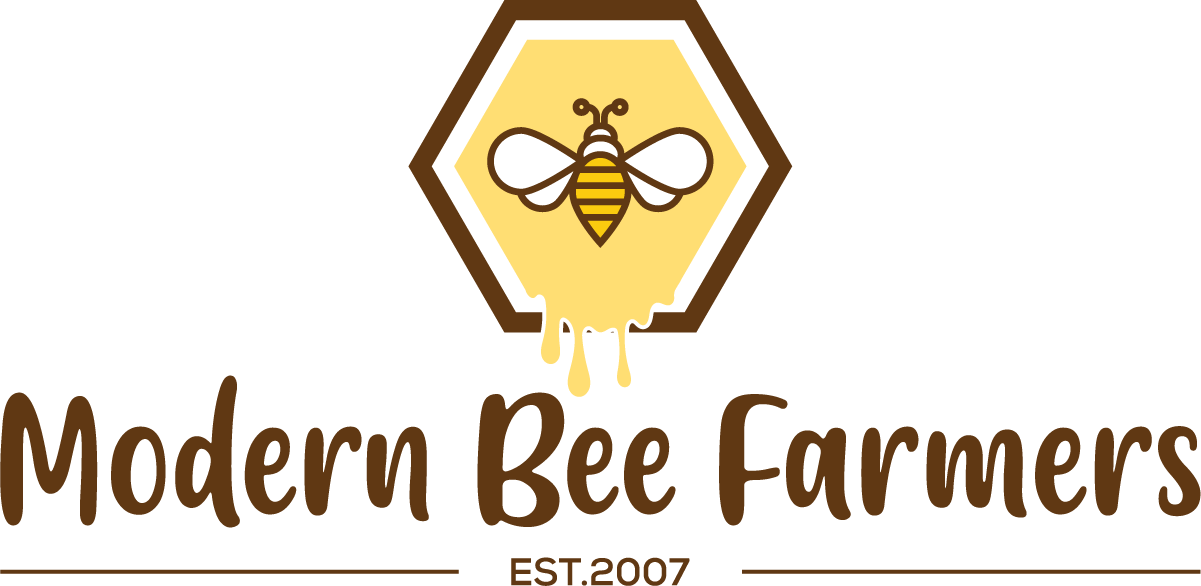In recent years, beekeeping has gained significant popularity in Kenya due to its positive impact on both the environment and the economy. Among the various beehive designs used worldwide, the Langstroth beehive stands out as one of the most efficient and effective options for beekeepers. In this article, we will explore the Langstroth beehive, its benefits, and how it has revolutionized beekeeping in Kenya.
1. The History of Langstroth Beehives
The Langstroth beehive, invented by Reverend Lorenzo Lorraine Langstroth in the mid-19th century, is an innovative design that revolutionized modern beekeeping. It introduced the concept of removable frames, allowing beekeepers to easily inspect and harvest honey without disturbing the bees excessively.
2. The Components of a Langstroth Beehive
A Langstroth beehive consists of several key components:
- Bottom Board: The base of the hive, providing ventilation and support.
- Brood Boxes: Deeper boxes where the queen lays eggs and worker bees raise brood.
- Super Boxes: Additional boxes where bees store surplus honey.
- Frames: Removable trays within the boxes, where bees build honeycombs.
3. Advantages of Langstroth Beehives
The adoption of Langstroth beehives in Kenya has brought numerous advantages to beekeepers and the industry as a whole:
Increased Honey Production
With the ability to add or remove supers as needed, Langstroth beehives make it easier to manage honey production efficiently. Beekeepers can extract honey without causing much disruption to the bees, resulting in higher yields.
Better Pest Control
Langstroth beehives allow for effective pest management practices, such as the use of screened bottom boards to control infestations. This helps in maintaining healthier and stronger bee colonies.
Easy Hive Inspections
The removable frames in Langstroth beehives enable beekeepers to inspect the hive’s health regularly. This aids in identifying potential issues and taking timely corrective measures.
4. Setting Up a Langstroth Beehive
Location and Placement
Choosing the right location for the beehive is crucial. It should receive ample sunlight, be sheltered from strong winds, and have access to a nearby water source. Placing the hive on a slightly elevated stand can protect it from ground moisture.
5. The Importance of Beekeeping in Kenya
Environmental Impact
Beekeeping plays a vital role in pollination, promoting biodiversity, and maintaining ecosystem balance in Kenya. It contributes to the growth of various plants and crops, benefitting both agriculture and natural habitats.
Economic Significance
The honey and beeswax produced through beekeeping provide an additional source of income for many Kenyan farmers and communities. It has created employment opportunities and boosted the country’s economy.
6. Challenges and Solutions
Climate and Weather
Kenya’s diverse climate can present challenges for beekeepers. Extreme weather conditions, such as prolonged droughts or heavy rains, can impact bee colonies. Implementing shade structures and adequate water supply can help mitigate these effects. Bee feeders can be used to help feed the bees during this period
Pests and Diseases
Beekeepers must be vigilant in monitoring and controlling pests and diseases that can affect bee colonies. Regular inspections and prompt treatment can prevent the spread of infections.
Conclusion
Langstroth beehives have brought about a revolution in beekeeping practices in Kenya. Their ease of use, improved honey production, and positive impact on the environment and economy make them a preferred choice for beekeepers.
FAQs
-
Q: Are Langstroth beehives suitable for beginners?
- A: Yes, Langstroth beehives are user-friendly and an excellent choice for beginners due to their ease of management.
-
Q: Can I place Langstroth beehives in urban settings?
- A: Absolutely! Langstroth beehives can thrive in urban areas, provided they have access to sufficient food sources and water.
-
Q: How much honey can I expect from a single Langstroth beehive?
- A: Honey yields vary, but a well-maintained Langstroth beehive can produce 30-50kg of honey annually.
-
Q: What flowers are best for attracting bees to my Langstroth beehive?
- A: Bees are attracted to a variety of flowers, but some popular options include lavender, sunflowers, and wildflowers.
-
Q: Are Langstroth beehives suitable for commercial beekeeping?
- A: Yes, Langstroth beehives are widely used in commercial beekeeping operations due to their efficiency and scalability.




